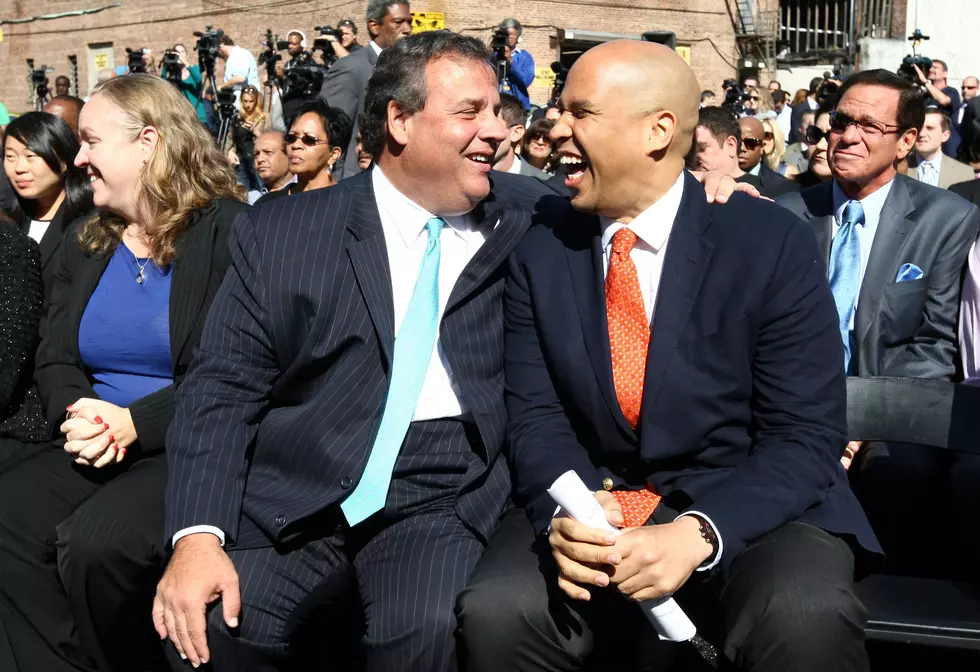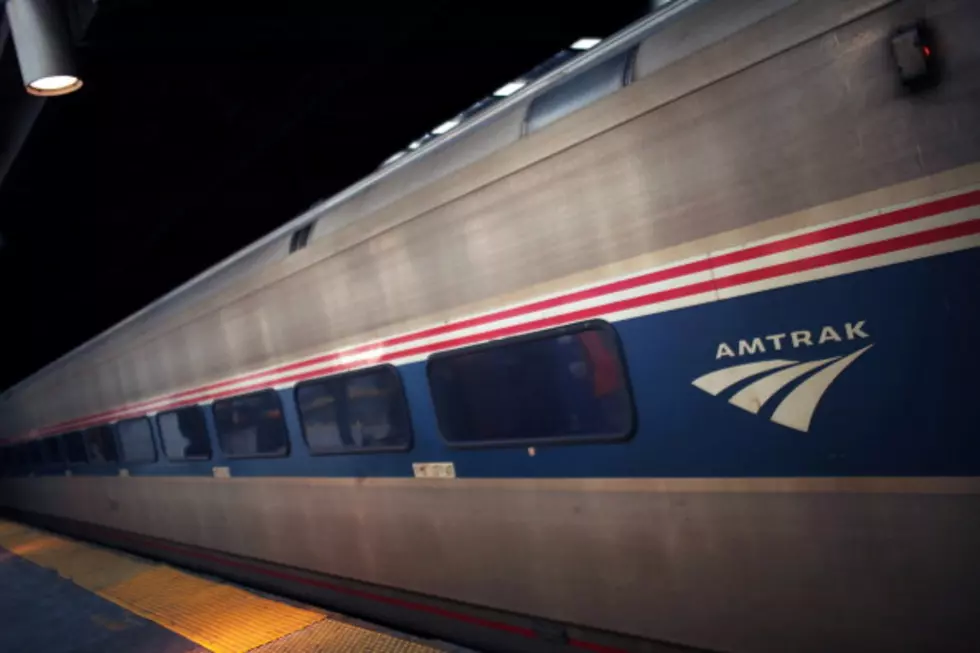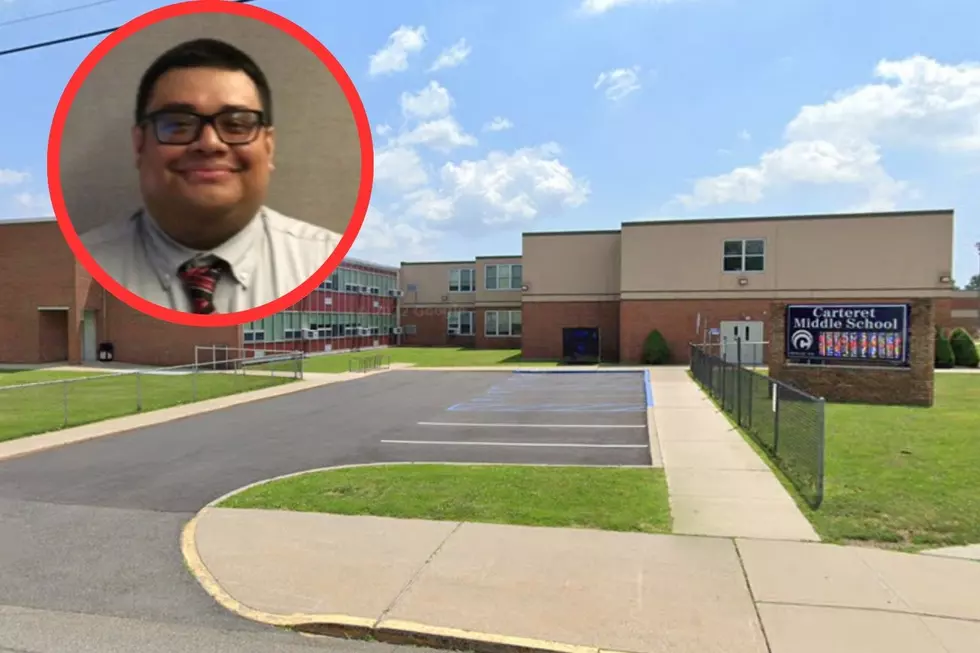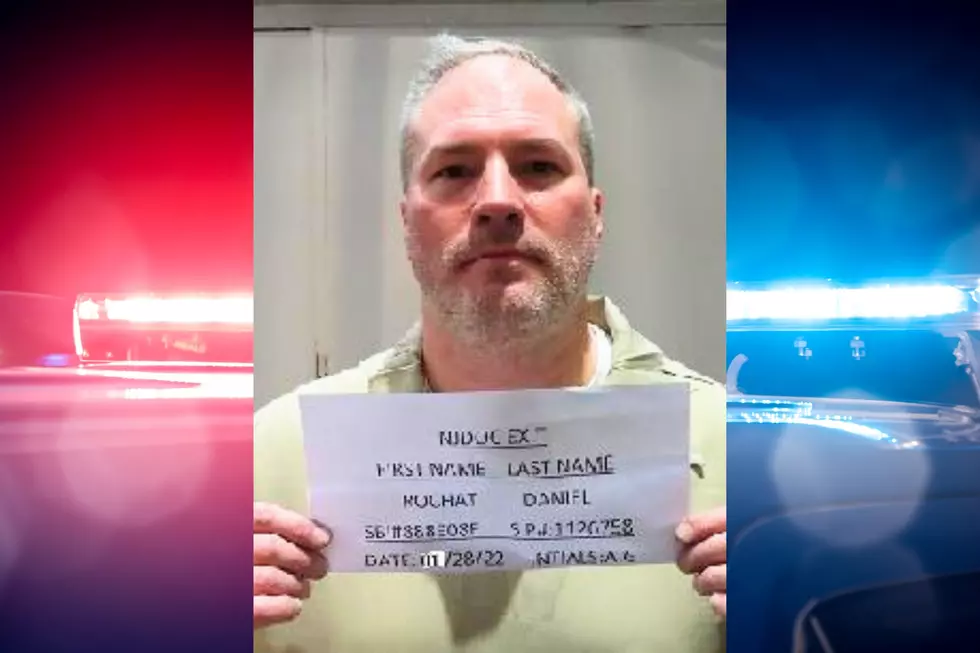
New Hudson rail tunnel far from panacea for commuters’ woes
NEWARK, N.J. (AP) -- For train commuters into New York City who view a new tunnel under the Hudson River as the answer to all their hopes and dreams, a sobering reality is lurking down the tracks.
Rail experts and Amtrak officials caution that, while a new tunnel will improve reliability, it won't suddenly double the number of trains between New Jersey and New York. That's because the existing 105-year-old tunnel, site of several delays last month due to electrical problems, will be closed for repairs for a minimum of two years once a new one is built.
In addition, two new tracks will need to be added between New Jersey stations Newark and Secaucus, where two currently exist. And, perhaps more critical, New York's Penn Station, which already handles about 400,000 riders each day, needs to be expanded to accommodate the increased traffic.
"The tunnel work is like taking a two-lane highway and making it four-lane," said Drew Galloway, Amtrak's chief of planning and performance on the Northeast corridor. "But if it's bracketed by two-lane highways on both sides, you're not really increasing capacity."
A push to fund a new tunnel has gained momentum since last month's electrical failures. New Jersey Gov. Chris Christie, who pulled the plug on a different tunnel project five years ago over cost concerns, is scheduled to meet with Transportation Secretary Anthony Foxx Tuesday in New Jersey to discuss how to fund Amtrak's estimated $14 billion project.
On a tour of the tunnel and electrical system at Penn Station Monday that included Amtrak officials and New Jersey Senate President Stephen Sweeney, the scope of the problem became more evident -- and not only because, as if on cue, a disabled train earlier in the morning had caused an hour's backup.
Inside the tunnel, the 80-year-old electrical cables sit inside walls that were inundated with saltwater from Superstorm Sandy in 2012. Because of the cables' age and configuration, it can take several days to locate the source of an electrical problem, Amtrak officials said. Fixing it is time-consuming and only a handful of companies are qualified to do the work.
Currently, Amtrak workers can perform routine maintenance in the tunnel only for a few hours overnight and on weekends when one of the tunnel's two tubes is routinely taken out of service, said Stephen Gardner, Amtrak's vice president of Northeast Corridor infrastructure investment. If a new tunnel is built, one tube at a time would be closed for a year to 18 months each for a complete overhaul.
"There's a desire to focus on the tunnels first, and get them built, which creates redundancy but doesn't increase capacity," said Richard Barone, director of transportation programs for the Regional Plan Association, a research and advocacy organization. "Then if you want to utilize the capacity of all four, you'd have to make more investment in Penn Station."
Some elements of the project are already in motion. For example, environmental and design work is completed for a replacement for the 105-year-old Portal Bridge over the Hackensack River, a regular source of delays. And regulatory approval for Amtrak to address adding capacity on the tracks and in Penn Station, a process begun in 2012, could be completed sometime next year, Galloway said.
The rest will be dictated by when, and how much, funding is available.
"We're not asking for anything extraordinary; we're asking for something to correct the problem," Sweeney said Monday. "We can't put this forward as a matter of a wish list, we have to put it forward as a priority."
(Copyright 2015 The Associated Press. All rights reserved. This material may not be published, broadcast, rewritten or redistributed.)
More From New Jersey 101.5 FM





![Governor Christie Dismisses Rail Tunnel Criticism [AUDIO]](http://townsquare.media/site/385/files/2012/04/christie40.jpg?w=980&q=75)



